As I wrote this, I drew a few pictures to illustrate, but what I really had was a vision of a large, published picture book for little ones who might enjoy it. If you’ve never seen river cane, let me tell you that it resembles bamboo, is tall and straight and very tough. It makes dandy fishing poles, for those brave enough to cut off a proper length. It grows very thickly along the banks of rivers or creeks primarily in southern or southeastern climes. And, it makes a dandy hiding place for small creatures. “Jarfly” is southern for cicada. I’ve no idea what a yukie is, so if I offend somebody, I’m sorry. I do know it starts with a “y”.
Canebrake ABC’s
Red ants, black ants marching all together, through a canebrake by the river in the lovely summer weather.
Many-colored butterflies drift or dream or flit among tall stalks for the very fun of it.
A caterpillar wriggles and a cricket creaks a song, surrounded by the river cane, thick and green and long.
Dragonflies a-dazzle with sunshine on their wings, dart and hover, dip and dance, with joy that summer brings.
Two eggs lie hidden in a nest, snug upon the ground; someone placed them secretly where they won’t be found.
A sharp and pointed foxy nose pokes into the cane, but finds it far too crowded, with no trail or path or lane.
Geese come winging over in a tired and thirsty V; the river by the canebrake will suit them perfectly.
Honeybees are buzzing in a honeysuckle vine; the sweetly-flavored blossoms are a lovely place to dine.
Ivy creeps among the stalks, a refuge thick and green, for many tiny insect folk, shy of being seen.
Jarfly’s voice crescendos into a grating song; a gritty, gravelly non-stop call, he sings it loud and long.
Katydid clings to a leaf, green and still and quiet; she doesn’t want to be a meal in someone’s buggy diet.
Lightning bugs come out to dance throughout the velvet night; their tiny lanterns prick the cane and turn the darkness bright.
Mosquitoes zinging, singing, stinging, an aggravating swarm; they like the southern canebrake which is thick and damp and warm.
A feathered head peeps from a nest, hung snugly on a cane; this baby bird is safe and dry from summer’s wind and rain.
Owl flies softly through the night with moonlight on his wings; he’s searching for fat, furry mice or other tasty things.
‘Possum’s nose and toes are pink, her tail is pinkish too; she wakes at night to look for food, as all nocturnals do.
“Bob White, Bob White,” quail whistles; she’s found a place to hide, and build her nest among the cane, with babies snug inside.
At night, raccoon pads through the cane; she’s on her way to fish. Some crawdeads or some mussels will make a tasty dish.
Squirrel doesn’t linger; she dashes toward some trees where she can hide her acorns, chatter, scold, and tease.
Turtle prefers plodding; he’d never run or scurry. Wouldn’t it be funny to see turtle in a hurry?
Underneath the river cane, smallish creatures dwell; bugs and beetles, worms and snails; it suits them very well.
A vulture rides the breezes to see what he can find; he likes to eat the smelly stuff that others leave behind.
Whippoorwill, with piercing voice, calls through the southern night; darkness doesn’t bother him; he has amazing sight.
The cane is X-tra special for many, large and small; creeping, crawling, scampering, it is a home for all.
a Yukie just might live there but, being very shy, he’d disappear somewhat like fog if you but blinked your eye.
The thicket has a zillion plants whose roots and spores and seeds all have a place in nature’s plan as herbs or moss or weeds.

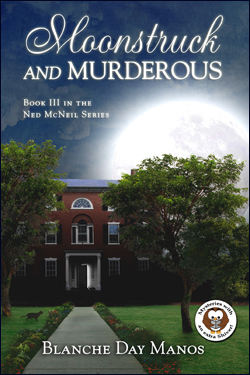
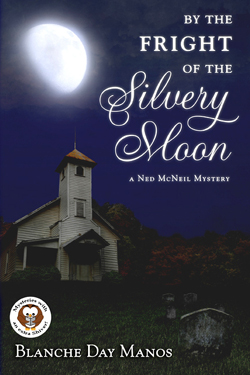
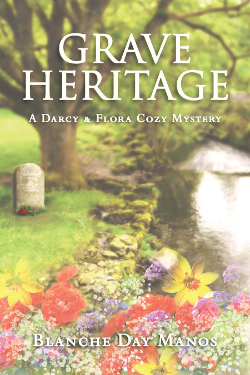

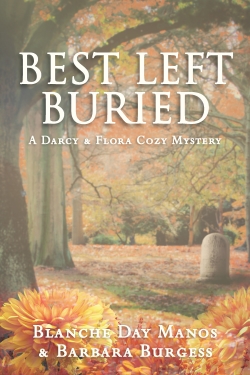
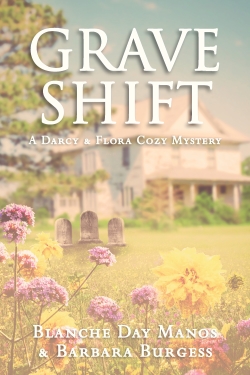
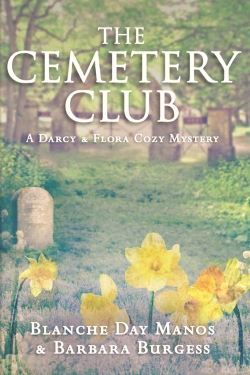
Speak Your Mind